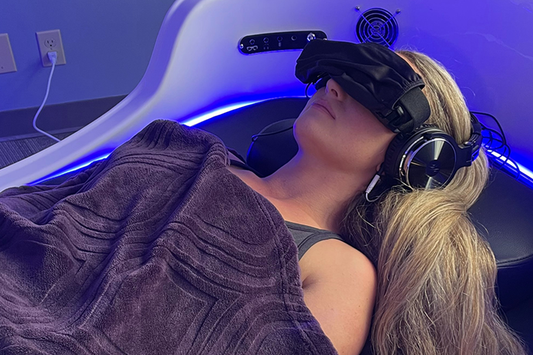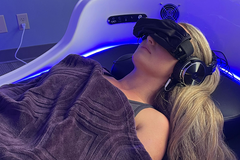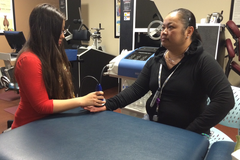Dr. Royal Raymond Rife was a scientist, inventor, and pioneer in the field of microbiology who lived during the early 20th century. He was born in Elkhorn, Nebraska in 1888 and showed a keen interest in science from a young age. His fascination with the natural world would eventually lead him down a path of discovery and innovation that would capture the attention of the medical community and the public alike.
Early in his career, Rife developed a unique microscope that he claimed could see bacteria and viruses in living organisms. Unlike traditional microscopes, which relied on light to illuminate samples, Rife's microscope used a beam of light and a set of lenses to create a high-resolution image of living cells. This breakthrough allowed Rife to study the behavior of microorganisms in ways that had never been possible before.
Rife's work with his microscope led him to make a startling discovery. He claimed that every organism has a specific frequency or vibration, and that by finding the frequency of a harmful organism, it could be destroyed without harming the host. This led Rife to develop a device he called the Rife Machine, which he claimed could emit frequencies that would kill harmful microorganisms, including cancer cells.
In 1931, Rife made headlines with his announcement that he had developed a cure for cancer. He claimed that the Rife Machine could destroy cancer cells without harming healthy tissue, and that he had tested his machine on numerous patients with successful results. Rife's claims were met with skepticism from the medical community, and many doctors and scientists demanded that he provide evidence to support his claims.
Rife was not deterred by the skepticism of his peers, and he continued to conduct research and develop his machines. He published numerous articles in scientific journals, detailing his findings and the results of his experiments. Despite this, many medical professionals remained skeptical, and Rife's work fell out of favor in the scientific community.
In the decades since Rife's death, there has been renewed interest in his work, and some have questioned whether he was unfairly dismissed by the medical community. Some alternative medicine practitioners have embraced Rife's theories and continue to promote the use of Rife Machines for the treatment of cancer and other illnesses.
However, mainstream medical professionals and scientists remain skeptical of Rife's claims. There is no scientific evidence to support the use of Rife Machines for the treatment of cancer, and many medical experts caution against their use. While Rife's work was undoubtedly innovative, his claims have not been validated by the scientific community.
Despite the controversy surrounding Rife's work, his contributions to the field of microbiology cannot be denied. His invention of the Rife microscope revolutionized the study of microorganisms, and his theories about the importance of frequency and vibration in living organisms have continued to intrigue scientists and researchers.
Today, Rife's legacy lives on in the many scientists and inventors who have been inspired by his work. While his claims about the Rife Machine may remain controversial, his innovative spirit and commitment to discovery continue to inspire new generations of scientists and researchers. As we continue to explore the mysteries of the natural world, we can look to the pioneering work of Dr. Royal Raymond Rife as an example of the power of human curiosity and the enduring importance of scientific inquiry.












